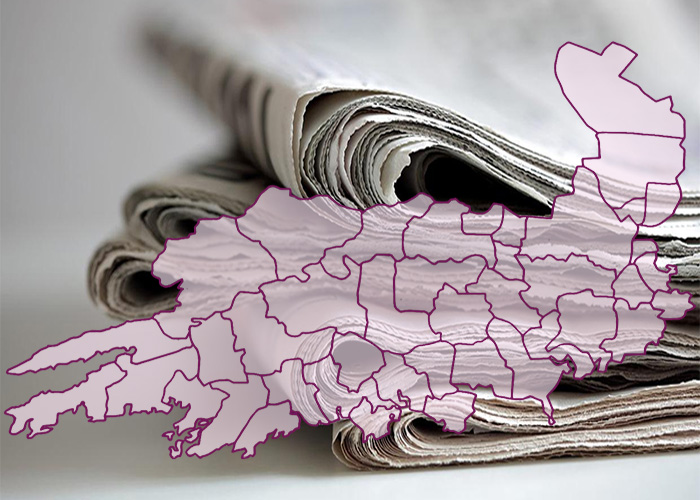Many areas of content listed in the primary-school curriculum have a direct relevance for and hold obvious links with the Religious Education curriculum.
Language
The Irish and English language programmes in the primary-school curriculum concentrate on four strands; they relate to Religious Education as follows:
Listening: to others, to stories, to poetry, to the Word of God, to one’s inner self, to music.
Speaking: chatting, praying, drama.
Reading: pupil text, Bible, liturgical texts, hymns.
Writing: workbook activity, creative journaling.
History
The following areas are emphasised in the History curriculum, and would connect with Religious Education as follows:
Local studies: local shrines, places of pilgrimage, saints, religious customs and traditions, church buildings, etc.
Story: Old Testament stories, New Testament stories, stories of people whose lives show Gospel values.
Life: society, culture and work in the past, the Jewish culture, the Roman culture, the history, culture and customs of the land where Jesus grew up.
Areas of change and conflict: Christianity as a forum for change in the world. History of the early Church.
Geography
The following areas of content are explained and would find echoes in the Religious Education curriculum as follows:
Human environments: local urban/rural areas, our country and the signs of God’s creativity therein; our links with other parts of the globe, our dependence on developing countries; our responsibility to work for the development of all people.
Environmental care and awareness: awareness of our dependence upon the earth and our duty to care for it, awareness of our role as stewards of creation.
Science
Living things: the wonder of God’s spirit in life, breath, air, water, fire, wind, earth. The seasons, natural cycles, the elements, as signs of God’s creativity, providence and mystery.
Energy forces: God’s spirit/energy at the heart of creation, spirit of discovery.
Art
The curriculum encourages the involvment of the children in artwork and also the development in the children of an appreciation for the world of art. The Religious Education curriculum will encourage the children to work with various art forms and also, as they get older, to look at and appreciate great religious works of art.
Visual
Drawing: drawing and painting will be used throughout to help the children to access the content and meaning of the different areas of the programme they are learning.
Paint and colour: symbolism of colour, stained glass, religious art, both old and new.
Clay: imagery of the potter, clay work in the classroom.
Construction: architecture of the church, the temple, the synagogue, places of worship in other religions. Print: history of the Bible as text.
Fabric and fibre: link with environment lessons.
Music
Listening and responding: listening to some classical religious music (e.g. Handel’s Messiah), Irish religious music.
Performing: songs, hymns, plays, introduction to importance of choirs, church choirs.
Composing: compose simple chants, choose appropriate hymns and psalms for particular occasions.
Drama
Dramatisation of Bible stories.
Exploring them as dramas.
Plays at the time of Jesus.
Famous religious plays.
Dance
Liturgical dance.
Prayer through movement.
Social, Personal and Health Education
The following links exist with the Relious Education curriculum:
Myself: I am special. Gifts, talents. I am loved by others, by God. Made in God’s image. My body – as a gift from God; as an expression of uniqueness.
Myself and others: interdependence, relationships, friends, responsibilities, community, family.
Myself and wider world: Developing countries? Who governs us? What governs us? Why are some people poor / rich? What is Work all about?

